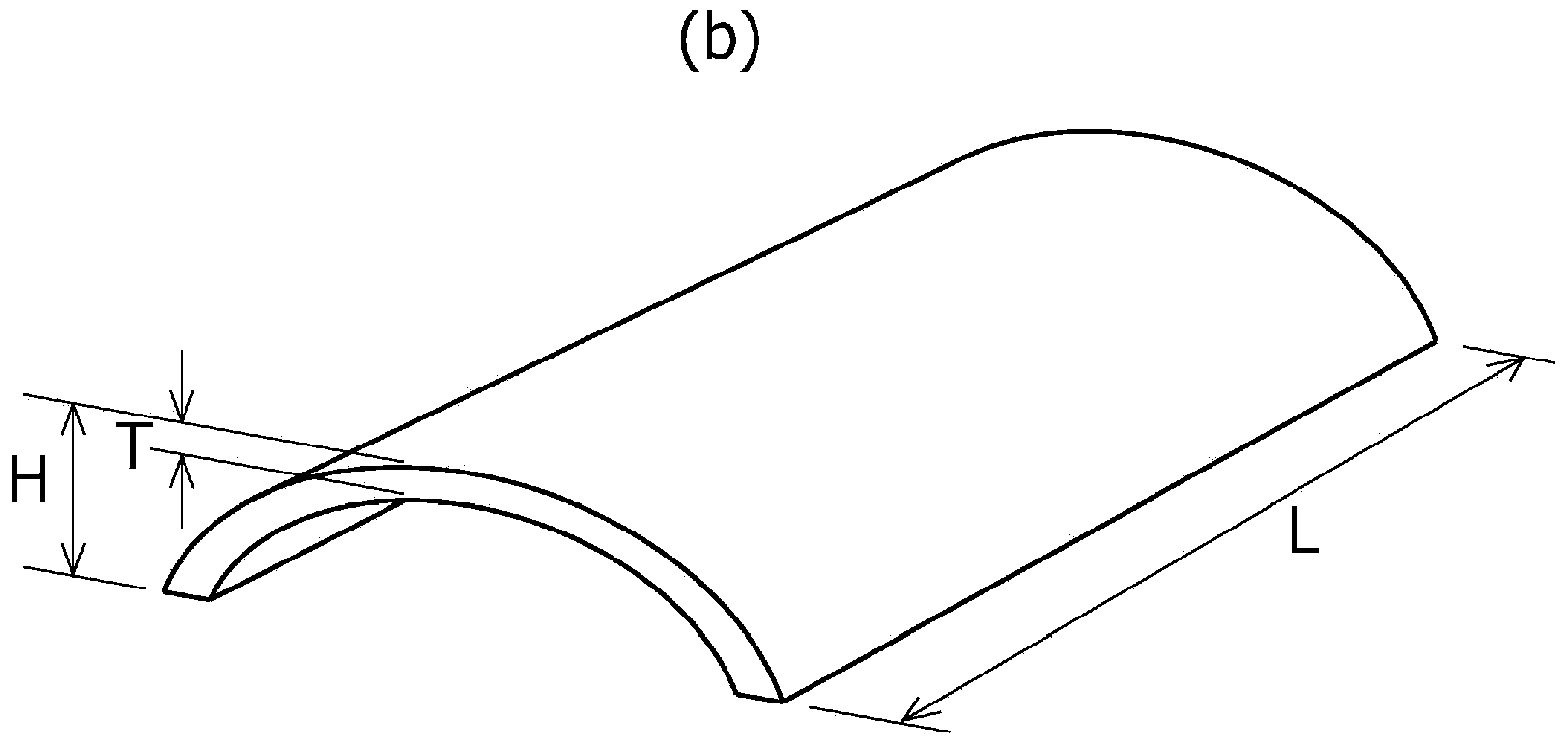Carbon material for negative electrode of lithium ion secondary battery, and production method thereof
A secondary battery and manufacturing method technology, applied in the direction of secondary batteries, battery electrodes, coking carbonaceous materials, etc., can solve the problems of battery capacity degradation, irreversible changes, etc., and achieve the effect of suppressing repetition and high charge and discharge capacity
- Summary
- Abstract
- Description
- Claims
- Application Information
AI Technical Summary
Problems solved by technology
Method used
Image
Examples
Embodiment
[0101] Hereinafter, the present invention will be described in more detail based on examples and comparative examples, but the present invention is not limited to the following examples.
[0102] 1. Manufacture of raw carbon composition and carbon material
[0103] (1) Embodiment 1
[0104] A mixture of 40% by mass of desulfurized deasphalted oil desulfurized to a range of 0.05 to 0.40% by mass of sulfur content and 60% by mass of RFCC residual oil is introduced into a delayed coker, under an inert gas atmosphere, at a pressure of 700kpa and a temperature of 535 °C to perform coking treatment to obtain a raw carbon composition.
[0105] The sum of the generation rates of hydrogen, C1 gas, and C2 gas generated in the coking process, and the ratio of the sum of hydrogen, C1 gas, and C2 gas among the generated gases containing hydrogen and C1 to C4 gases use the cumulative gas flow rate installed in the delayed coker Calculated by meter and online gas chromatography. In additi...
Embodiment 2
[0111] A carbon material was produced under the same conditions as in Example 1 except that the coking treatment temperature was set at 525°C.
Embodiment 3
[0113] A carbon material was produced under the same conditions as in Example 1 except that the coking treatment pressure was set at 750 kPa.
[0114] (4) Embodiment 4
[0115] The carbon material was produced under the same conditions as in Example 1 except that the mixture to be subjected to the coking treatment was a mixture composed of 70% by mass of desulfurized and deasphalted oil and 30% by mass of RFCC residual oil.
[0116] (5) Embodiment 5
[0117] A carbon material was produced under the same conditions as in Example 4 except that the coking treatment temperature was set at 525°C.
[0118] (6) Embodiment 6
[0119] A carbon material was produced under the same conditions as in Example 5 except that the maximum attained temperature in the graphitization treatment was set to 2800°C.
PUM
| Property | Measurement | Unit |
|---|---|---|
| particle size | aaaaa | aaaaa |
| thickness | aaaaa | aaaaa |
| diameter | aaaaa | aaaaa |
Abstract
Description
Claims
Application Information
 Login to View More
Login to View More - R&D
- Intellectual Property
- Life Sciences
- Materials
- Tech Scout
- Unparalleled Data Quality
- Higher Quality Content
- 60% Fewer Hallucinations
Browse by: Latest US Patents, China's latest patents, Technical Efficacy Thesaurus, Application Domain, Technology Topic, Popular Technical Reports.
© 2025 PatSnap. All rights reserved.Legal|Privacy policy|Modern Slavery Act Transparency Statement|Sitemap|About US| Contact US: help@patsnap.com



